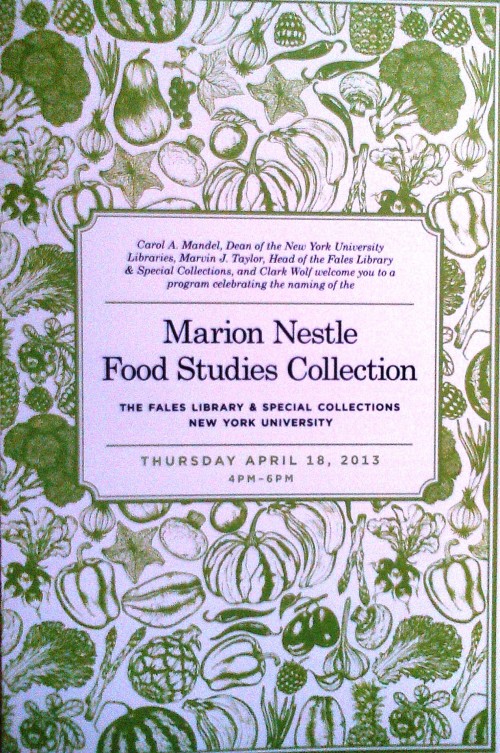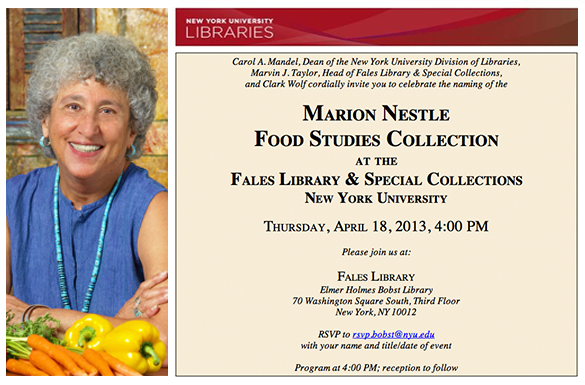Marketing foods and drinks to kids in school goes on and on
I’ve just been sent a new report on the current status of marketing foods and beverages to children at school: Promoting Consumption at School: Health Threats Associated with Schoolhouse Commercialism.
This report, from the National Education Policy Center at University of Colorado, Boulder, makes sobering reading.
As the press release explains,
In their quest for additional funding, many schools and school districts have allowed corporations to promote the consumption of sweetened beverages and foods of little or no nutritional value in school and in conjunction with school projects…corporations can seem philanthropic when they provide sponsored educational materials…to schools and teachers. These materials can be colorful and engaging, and may align with state and now Common Core standards, but they also present a worldview consistent with that of the sponsor.
If you think that the food companies are making good on their pledges to reduce marketing to kids, this report will make you think again.
Here are a few snippets:
- Available data suggest that the total amount of money spent on advertising food and beverages to children, both in and out of schools, has decreased over the past few years. However, any reduction in spending reflects at least in part a shift to less expensive, but more effective, alternative media advertising.
- Food and beverage companies advertise in schools in multiple ways: (1) appropriation of space on school property, (2) exclusive agreements, (3) sponsorship of school programs, (4) sponsorship of supplementary educational materials, (5) digital marketing, (6) sponsorship of incentive programs, and (7) fundraising.
- Teaching materials may not mention the sponsor but reflect the sponsor’s views, such as that all beverages count toward hydration.
- Digital marketing to school kids is a deliberate strategy, as explained by a Coca-Cola executive: “We’re especially targeting a teen or young adult audience. They’re always on their mobile phones and they spend an inordinate amount of time on the Internet.”
- Health and wellness initiatives designed to promote physical activity and movement may appear to meet federal guidelines but “are problematic in that they shift the onus for obesity from the corporation’s responsibility to market healthy food to the consumer’s responsibility for making healthy choices.”
The report is a terrific summary of what’s happening with food marketing in schools, loaded with facts, figures, and references.
In light of the evidence it provides, the report’s recommendation seems grossly understated:
Policymakers should prohibit advertising in schools unless the school provides compelling evidence that their intended advertising program causes no harm to children.
What’s missing from this report is a blueprint for action.
For that, you must go elsewhere, for example, to the Center for Science in the Public Interest, the Berkeley Media Studies Group, or the Rudd Center for Food Policy and Obesity.
Do you know of other good sources for taking action on marketing in schools? Do tell.








